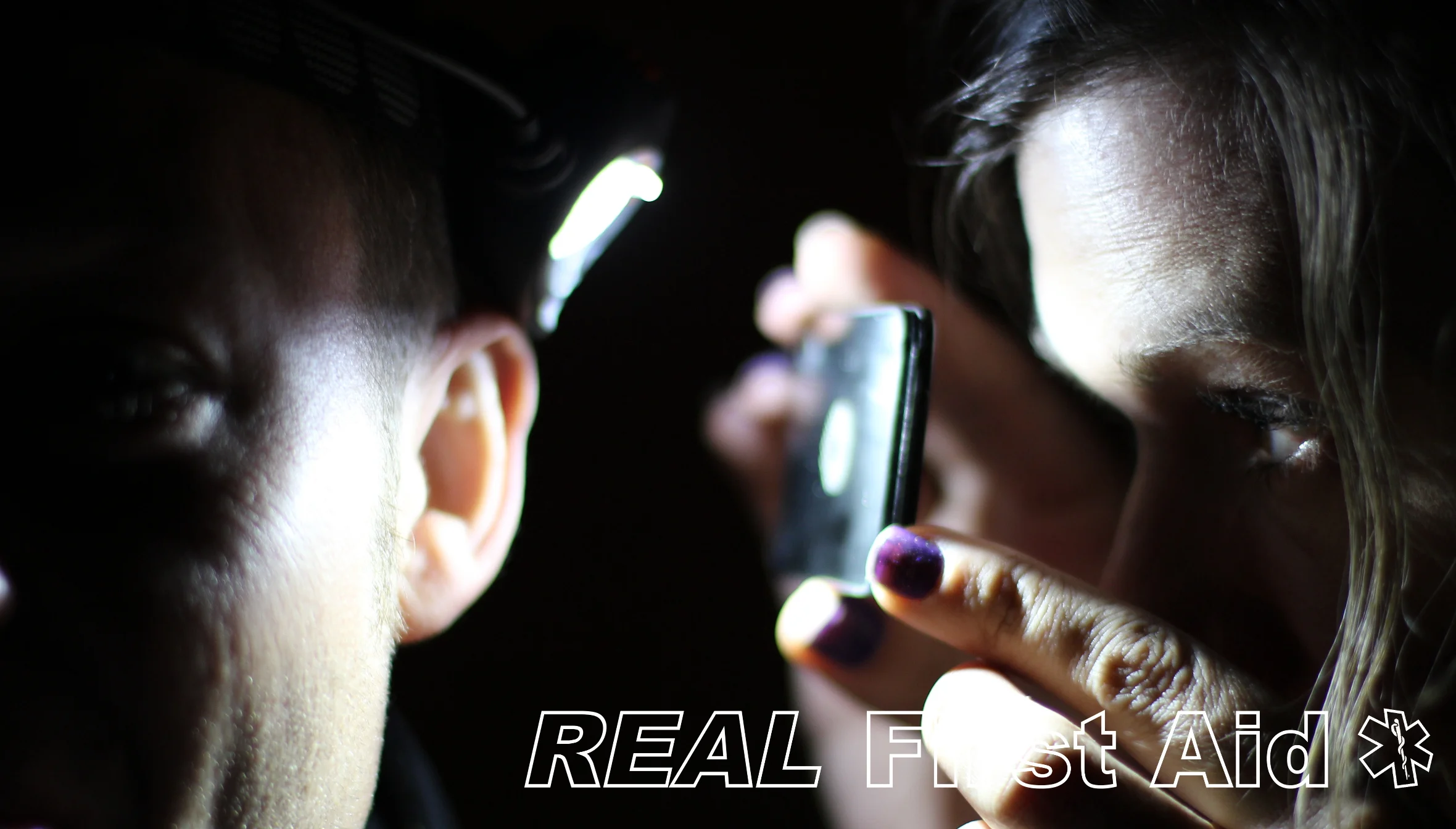The Heliograph Otoscope
As a child, doctors and mad scientists were always portrayed in cartoons and comedy films sporting the familiar circular mirror strapped to their forehead. As I grew up I realised that these were not as prevalent as I had been led to believe. In the same way that quicksand never really turned out to be an immediate threat that I would ever encounter.
Head mirrors reflect focussed light from a concave mirror that the physician could view through a hole in the centre to illuminate exactly where they were looking, typically into a patients ears, nose or throat. These were replaced by otoscopes which project a ring of light from around the edge of a viewing aperture to achieve the same result; holding a torch near your eye when looking into something can never really get the light exactly where you want it.
A heliograph or ‘signalling mirror’ is a low-tech signalling device used to attract attention and are typically found in survival kits, but they have their limitations in practice: If you are marooned on a desert island in the South Pacific, a commercial airliner is unlikely to notice the sun reflecting from your tiny mirror at 38,000ft but a low flying Search and Rescue aircraft which is actively looking for you in a wilderness area may do so.
If you are trying to get a good look inside a patient’s ear, nose or throat the heliograph can be used in exactly the same way as an otoscope by looking through the viewing aperture whilst reflecting light where you want it.
At night or in low light environments, a headtorch, worn by the patient, positioned towards the heliograph will provide illumination.


